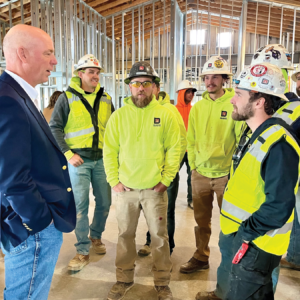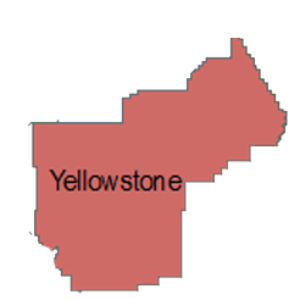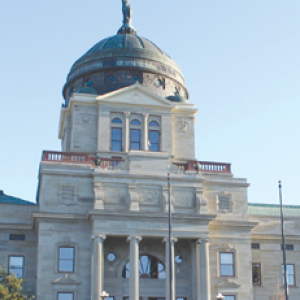The size of Billings’ labor force grew by 2000 over the first quarter of this year.
For the last quarter the size of Billings’ labor force – those employed and those seeking employment — has grown about two percent, and stands at 94,800. The labor force – people actually working — has also been growing over the past quarter … Billings has the largest labor force in the state more than double that of Great Falls and a quarter more than Missoula.
Statewide, the number of employed is about 578,000,
Both of these economic indicators probably reflect the increase in population in Billings but most interesting it says that the people who are coming here aren’t just retired people as has sometimes been claimed. The reality is Billings is growing the size of its labor force and therefore the size of its economy.
The only economic sector in Billings that declined slightly, over the past year, in the number employed was “business services.” Education and health services increased the most. Statewide construction is the sector that increased the most at 4.3 percent – and a category called “information” which is information technology and media types of businesses was the only sector in the state to decline and it declined 6.9 percent.
The unemployment rate for Billings has been hovering right around 3.5 percent, which is extremely low compared to the nation and also compared to the rest of the state.
Another factor reported is that about ten percent of the workers in the US belong to unions and that amounts to about 14.5 million people. Since COVID, wages for non- union jobs have been escalating at a much higher rate than union jobs.
The consumer price index rose The Bureau of Labor Statistics reported that 12-month price growth accelerated from 3.2% in February to 3.5% in March.
Over the past five years, Americans have seen average prices increase more than 20% overall.



